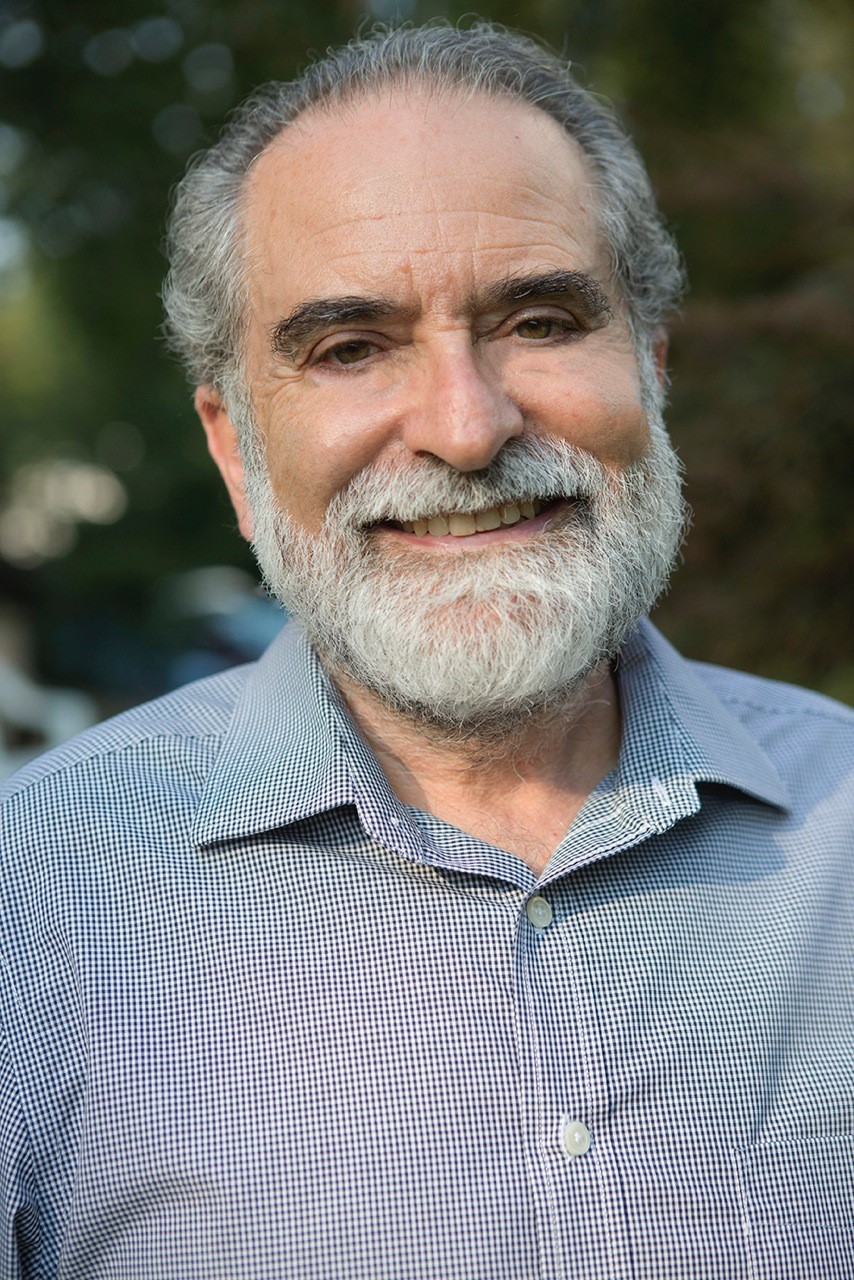The Bible prescribes the death penalty for at least 36 transgressions, from intentional murder to cursing one’s parents, but the practice essentially ended when the rabbinic sages of the Talmud imposed preconditions and evidence requirements so rigorous as to make capital punishment a rarity. Jewish tradition essentially follows the position of Rabbis Tarfon and Akiba: never to impose capital punishment (Mishna Makkot 1:10).
The Reform Movement has formally opposed the death penalty since 1959, when the Union of American Hebrew Congregations (now the Union for Reform Judaism) resolved “that in the light of modern scientific knowledge and concepts of humanity, the resort to or continuation of capital punishment either by a state or by the national government is no longer morally justifiable.” The resolution goes on to say that the death penalty “lies as a stain upon civilization and our religious conscience.”
In 1979, the Central Conference of American Rabbis (CCAR), the professional arm of the Reform rabbinate, resolved that “both in concept and in practice, Jewish tradition found capital punishment repugnant” and there is no persuasive evidence “that capital punishment serves as a deterrent to crime.”
Should exceptions be made for mass murderers, such as Holocaust architect Adolf Eichmann, who was executed in Israel on May 31, 1962, or for Robert Bowers, who has been charged with the murder of 11 worshipers at the Tree of Life synagogue in Pittsburgh?
Genesis 9:6 states: “Whoever sheds the blood of a man, by man shall his blood be shed; For in God’s image did God make man.” This teaching would apply all the more so, one might argue, in bringing mass murderers to justice.
Rabbi Richard Levy, in his book, A Vision of Holiness: The Future of Reform Judaism, suggests that shedding blood in revenge may actually undermine the original intent of “God created man in His image” (Genesis 1:27). “To deny the possibility of finding [the image of God] in human beings who have committed awful crimes, Rabbi Levy writes, “is to declare that [evildoers] are more powerful than God, that they have the power to destroy the image that God gave them.”
Rabbi Levy cites the position of Jewish philosopher Martin Buber, who during the Eichmann trial urged that the defendant be spared the hangman’s noose and instead be allowed to “live out the rest of his life working on a kibbutz facing every day the very people he had wanted to put to death.” Buber’s response to radical evil, says Rabbi Levy, not only expressed the philosopher’s opposition to capital punishment, “but even more his belief that there is something deserving of redemption in every child of Creation, because each person possesses [the image of God]. It reminds us of the absolute command… Choose life!” (Deuteronomy 30:19).
Eichmann was the second person ever to be executed in the State of Israel, which, in 1954, abolished the death penalty for murder, except in cases of war crimes against the Jewish people and treason during wartime.
The first person so executed was Meir Tobianski, an officer in the Israel Defense Forces who was falsely accused of passing information to the enemy during the War of Independence, court-martialed, and executed by firing squad on June 30, 1948.
A year later, Prime Minister David Ben-Gurion publicly exonerated Tobianki, who was reburied with full military honors on Mount Herzl. Inscribed on his gravestone are the words “Killed by Mistake.”
“A person improperly imprisoned for murder can be exonerated and set free,” says Rabbi Daniel Polish. “But someone put to death for a crime he/she did not commit can never be redeemed. If we are true to our faith and our tradition, we must respond to the imperative of its teachings and do everything we can to keep our society from committing the ultimate of injustices: the wrongful execution of an innocent person.”
“The thrust of Jewish tradition and the historical positions of the Reform Movement,” concludes Rabbi Polish, “impel us to oppose capital punishment in principle and in practice.”
Explore Jewish Life and Get Inspired
Subscribe for Emails


